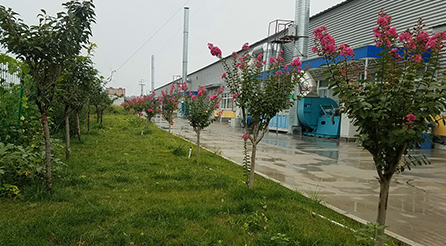The Fascinating World of Waders
Waders, also known as shorebirds, are a diverse group of birds that inhabit wetlands, estuaries, and sandy shores around the world. Their ability to thrive in varying environments not only highlights their adaptability but also serves as an indicator of ecosystem health. In this article, we will explore the characteristics, behaviors, and conservation challenges facing these remarkable birds.
Characteristics of Waders
Waders are characterized by long legs, long necks, and slender bodies, which make them adept at wading through shallow waters in search of food. The long legs enable them to probe into the mud and sand, allowing them to reach the invertebrates, crustaceans, and other small creatures that comprise their diet. Common examples of waders include the snipe, sandpiper, curlew, and avocet, each exhibiting unique adaptations that suit their specific habitats.
Coloration among waders tends to be muted, generally featuring browns, grays, and whites. This cryptic coloration provides camouflage against predators while blending in with their natural surroundings. During breeding season, many species display striking plumage, which is often designed to attract mates. The vibrant colors and elaborate displays are not only beautiful but also serve crucial social functions in the lives of these birds.
Behavior and Breeding
Waders are known for their unique feeding techniques, which can vary significantly from species to species. For instance, some waders use their long bills to probe deep into the mud, while others may employ a technique of sweeping their bills back and forth through the water's surface to catch fish or insects. Their feeding habits are closely tied to the tidal cycles, with many species foraging extensively during low tide when food is most accessible.
Breeding behavior in waders can also be fascinating. Many species engage in elaborate courtship displays, including vocalizations, intricate flights, and vibrant plumage displays. Nesting typically occurs in open areas, often utilizing a simple scrape in the ground lined with grasses and pebbles. The female usually lays a clutch of several eggs, which both parents help to incubate. After hatching, the chicks are precocial, meaning they are relatively mature and mobile, allowing them to forage for food almost immediately.
waders

Migration Patterns
One of the most remarkable aspects of many wader species is their migratory behavior. Some waders travel thousands of miles between their breeding and wintering grounds, showcasing incredible navigational abilities. For instance, the bar-tailed godwit holds the record for the longest non-stop migration, flying over 7,000 miles from Alaska to New Zealand. These migrations are influenced by a variety of factors, including food availability, weather patterns, and breeding cycles.
During migration, waders often stop at key sites, which serve as critical refueling stations along their journey. These stopover points provide necessary habitat for foraging and resting, underscoring the importance of conserving these environments to support migratory populations.
Conservation Challenges
Despite their adaptability, waders face numerous conservation challenges. Habitat loss due to urban development, agricultural expansion, and climate change poses significant threats to their populations. Wetland drainage and pollution not only reduce available habitat but also compromise food sources. Furthermore, climate change is altering migratory patterns, breeding times, and habitat availability, creating additional stress on these species.
The impact of human activity is exacerbated by climate-related changes, such as rising sea levels and increased storm intensity, which can erode critical coastal habitats. As waders are often tied to specific ecosystems, the loss of wetlands and intertidal zones can lead to dramatic declines in their populations.
Conclusion
Waders are not just beautiful creatures; they play vital roles in our ecosystems and serve as indicators of environmental health. Understanding their behavior, migratory patterns, and the challenges they face is crucial for their conservation. As stewards of the natural world, we must prioritize the protection of their habitats and work towards sustainable practices that will ensure these remarkable birds continue to thrive in our changing world. By doing so, we can preserve the intricate tapestry of life that they represent and foster a healthier planet for future generations.
-
White Rubber Shoes in Retro Fashion TrendsNewsJun.04,2025
-
Safety Wellies with Electrical Hazard ProtectionNewsJun.04,2025
-
Hunting and Fishing Boots for Rocky TerrainsNewsJun.04,2025
-
Eco-friendly Waders Made from Recycled MaterialsNewsJun.04,2025
-
Black Boots Rubber: Durability and Style CombinedNewsJun.04,2025
-
Women’s Waders: Comfortable Designs for All-Day FishingNewsMay.28,2025
-
Pairing Dresses with Fashion Rubber BootsNewsMay.28,2025











